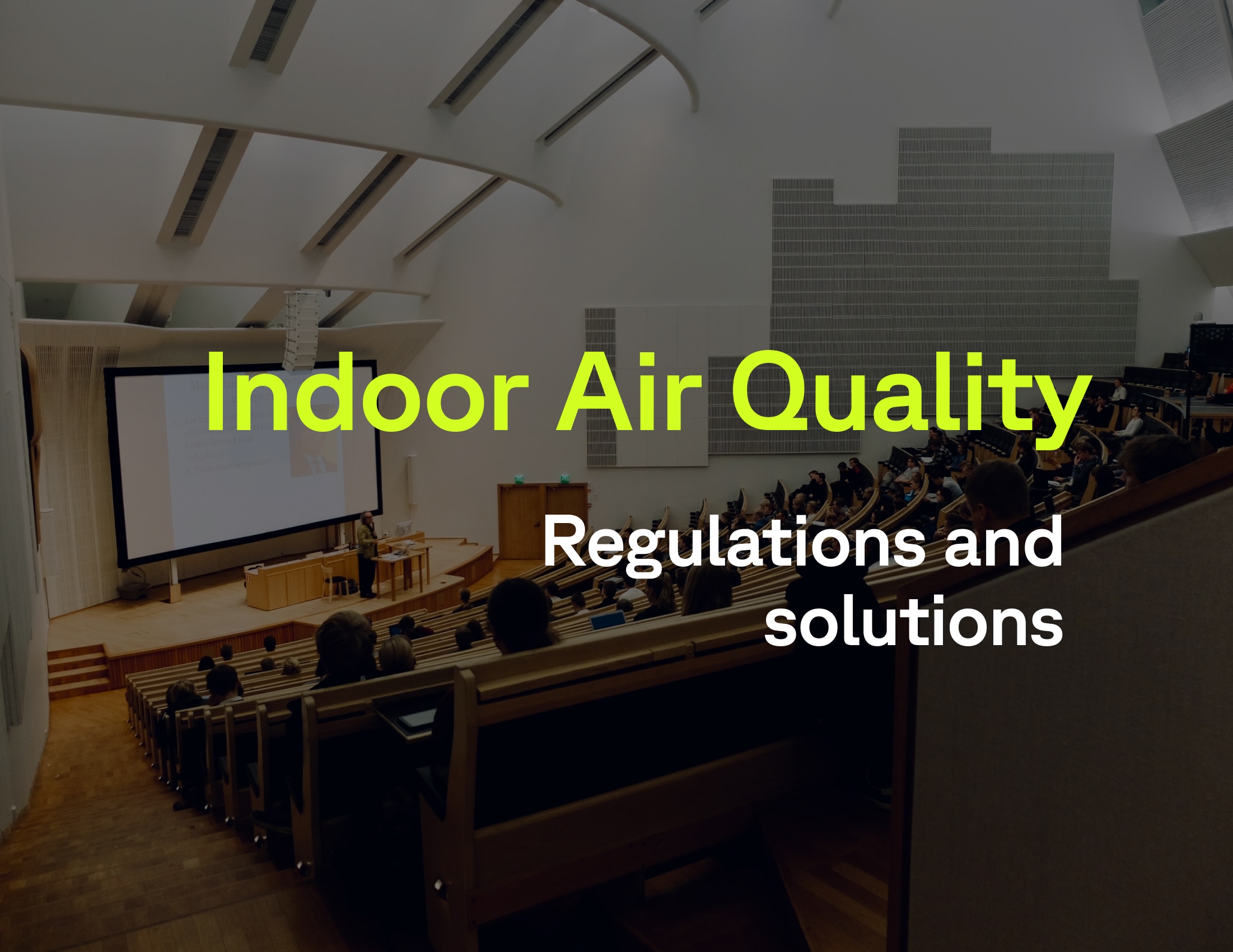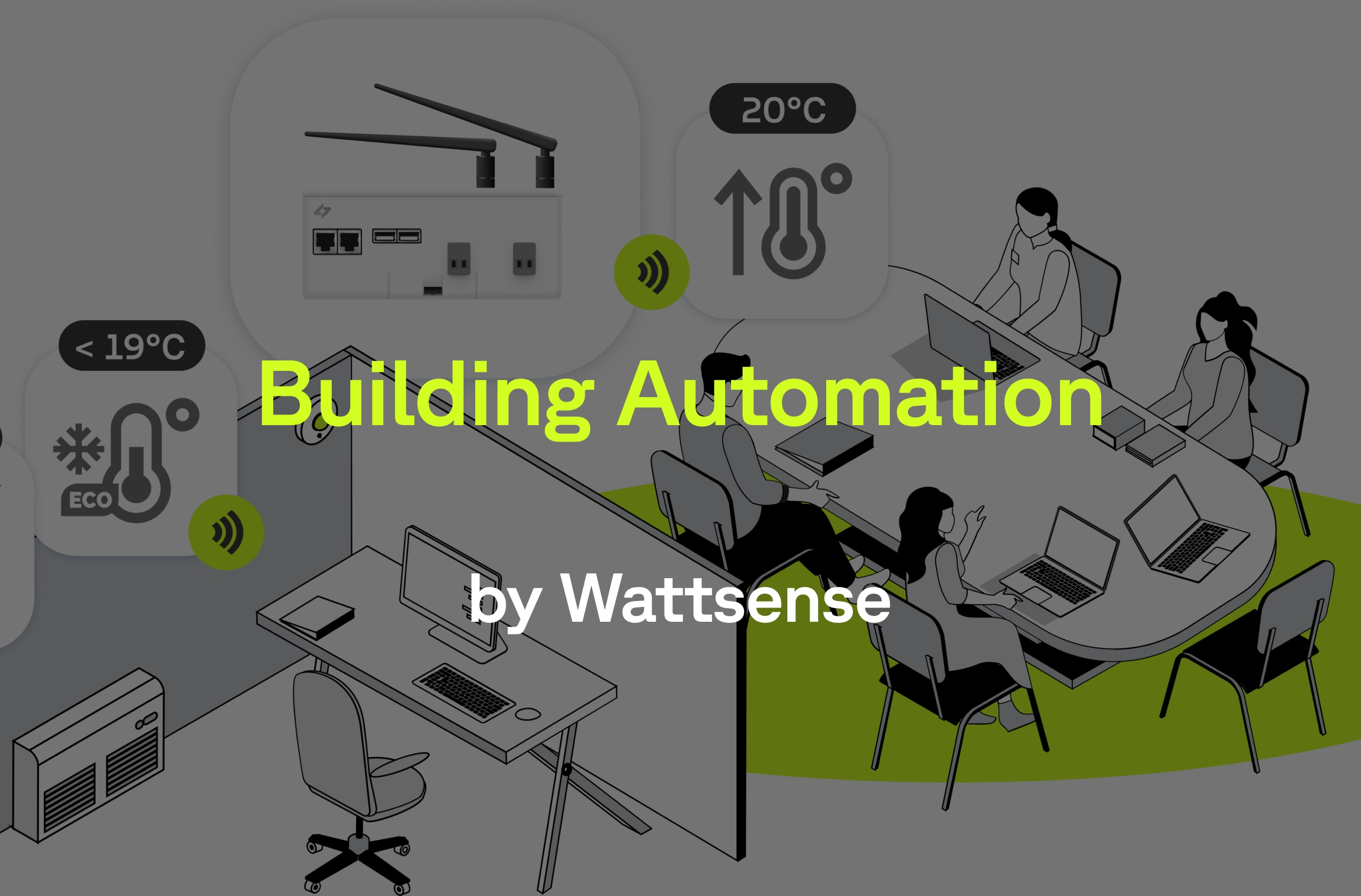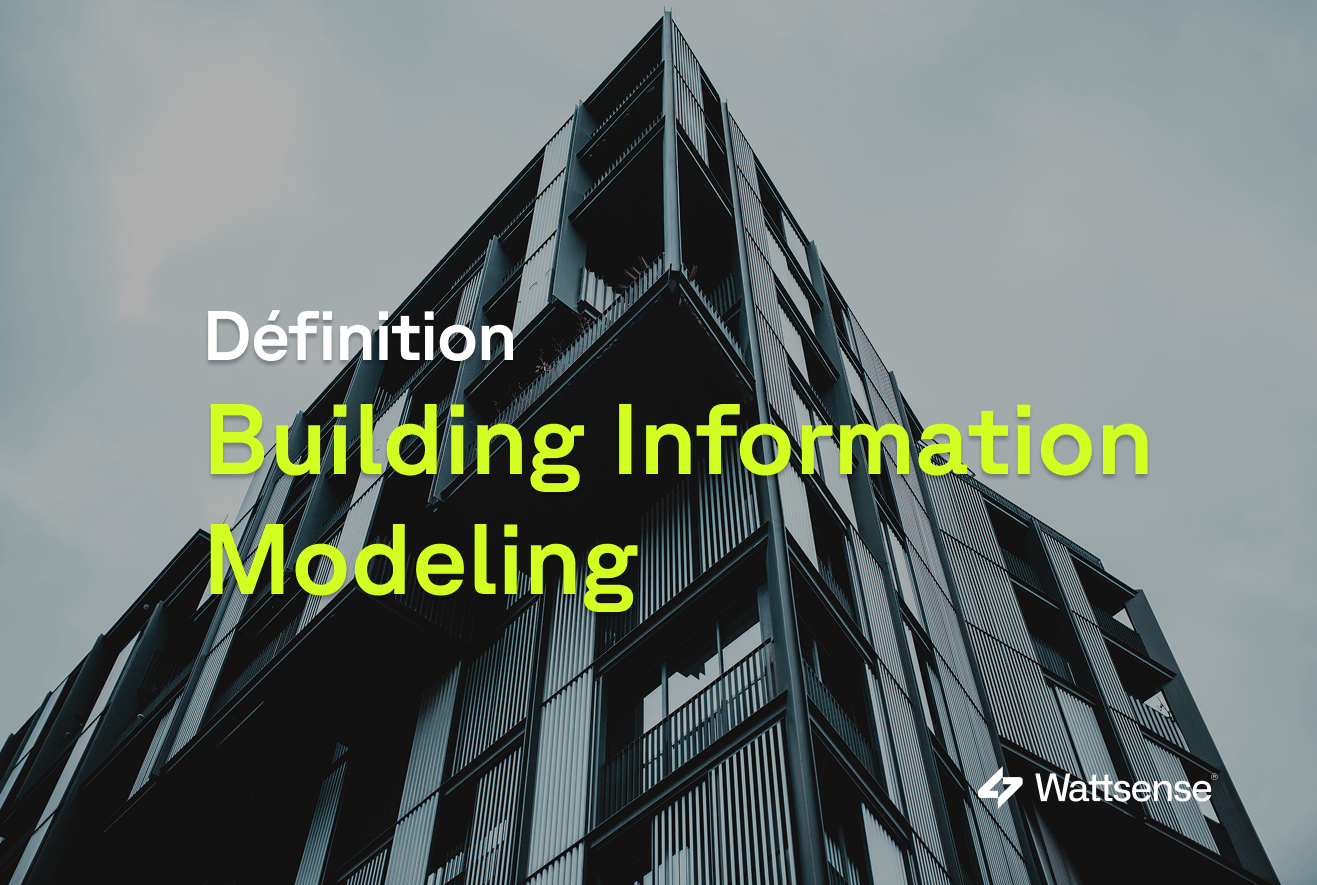Building Automation Control Systems required in the EU


A regulatory decree requires Building Automation Control Systems (BACS) in tertiary buildings by January 2025 to improve energy efficiency and reduce CO2 emissions. In 2020, all European Union member states needed to transpose this decree into national legislation. According to the EU Energy Performance of Buildings Directive (EPBD).
The installation or retrofit of automation control systems, such as Building Management Systems, in non-residential buildings, existing and in construction, with an effective rated output of over 290 kW is stipulated through legislation transposed from the Directive 2010/31/EU of the European Parliament and Council with guidelines from the EPBD.
Building automation for better performance
Improving energy performance in buildings is one of the most important projects for the EU to reduce the effects of climate change and Global Warming. Buildings are responsible for 40% of energy consumption and 36% of CO2 emissions in the EU, making them the single largest energy consumer in Europe, as is explained in the package: Clean Energy for All Europeans.
But what are these control systems, and how can property owners, facility managers, and the rest of the building sector comply with these regulations?
What are Building Automation Control Systems (BACS?
“‘Building Automation and Control System (BACS) means a system comprising all products, software and engineering services that can support energy-efficient, economical and safe operation of technical building systems through automatic controls and by facilitating the manual management of those technical building systems’” Defines the EPBD.
BACS represents all control and automation solutions. For example, HVAC and BMS can be part of it. BACS can optimize overall efficiency and functionality, ensuring that the systems and services are not working against each other.
The decree's impact on annual energy savings is estimated at up to 20.3% of all EU service sector building energy consumption, explained by the guidelines published by the European Building Automation Control Association (EU.BAC).
Smart functions such as demand response, consumption prediction, energy management, energy storage, and equipment maintenance are all strongly connected to an optimal-functioning building. These features require a certain level of automation to be implemented. Automation and control systems can integrate and optimize these functions, too, making buildings "smart" and allowing building managers to have real-time access to cloud-based analytics, reporting, and services.
BACS should provide the following services

- Better energy management. Monitor, register, and analyze the energy consumption from the building's management system continuously. This data is classified by the functional area and registered at an hourly time step. Monthly data from the building's control system should be archived and available for five years.

- Identify how energy efficient the building is by comparison to the data reference values from established energy studies. The BACS detects efficiency problems in the building, notifies the facility manager, and provides data to help create a strategy to improve energy performance.

- Interoperable with different building management or automation systems.

- The BACS allows manual shutdown and autonomous management of one or multiple building automation systems.
The data produced, and archived is accessible to the automation and control system owner, whether it is the property owner, facility manager, or proptech company in charge of energy performance. The manager can easily share the building's data that concerns other stakeholders or operators.
BACS decree - what buildings are included?
Buildings that take part in commercial or non-commercial tertiary activities are equipped with a heating or air conditioning system, whether or not combined with a ventilation system, whose nominal power exceeds 290 kW. Including those belonging to legal persons in the primary or secondary sector (agriculture and manufacturing).

One clarification to note concerning new buildings for which the building permit will be filed one year after the publication of the decree (from July 21, 2021): all technical systems must be linked to the automation and control system.
An exception exists for a building if the property owner can provide a study establishing that installing an automation and control system is impossible, with a return on investment of fewer than six years after the deduction of public financial aid.
How to comply with the BACS decree without breaking the bank?
Only 1% of buildings are currently renovated each year; a higher rate is needed to be compliant with the regulatory decree to considerably improve their energy efficiency and reduce their environmental impact. Wattsense is a connectivity solution that allows users to easily upgrade or install a BACS.
Small, medium, and large buildings can be cost-effectively transformed into Smart Buildings by saving weeks of deployment time on every project and reducing operating costs. System controls should be accessible to deploy IoT solutions and digital services.
Wattsense allows the creation of value using the building's data, improves the performance of equipment, and reduces field trips and energy consumption. Property owners can find and deploy the perfect smart building tool to successfully implement building management strategies.
Learn more about our products here: The Tower and The Bridge.
Want to learn more about the Wattsense connectivity solution?
Discover our solutionContinue reading



